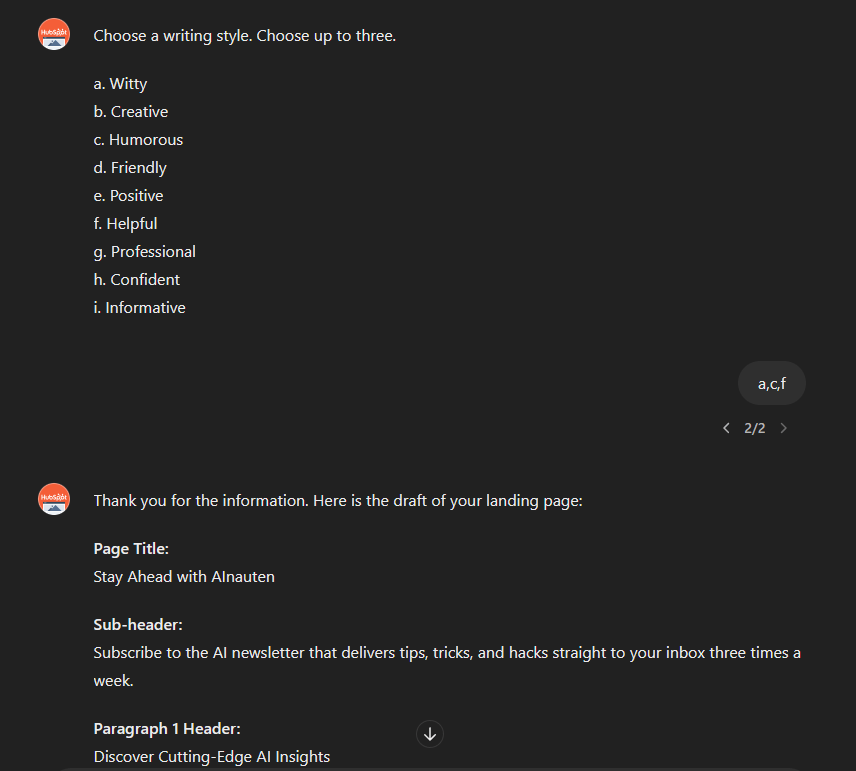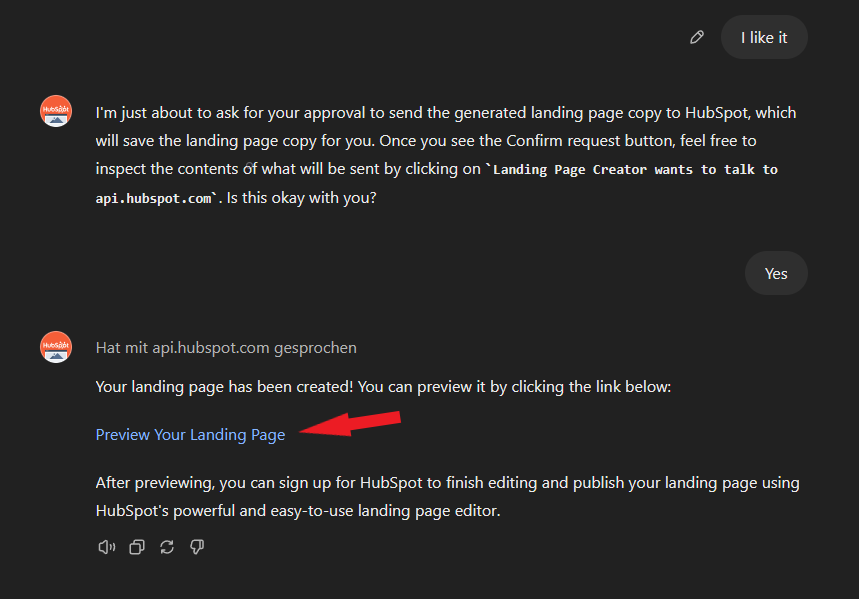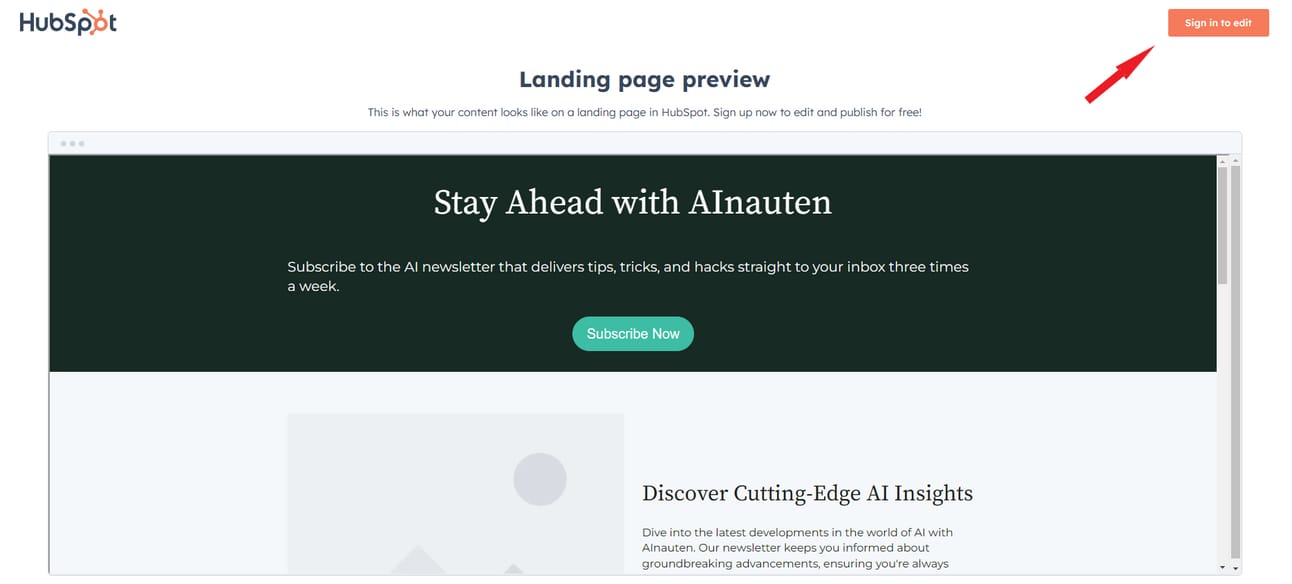- AInauten.net
- Posts
- 🎙️ The business of AI singers and influencers
🎙️ The business of AI singers and influencers
PLUS: How smart companies use GPTs as a marketing tool
AI-HOI AInauts,
Welcome to the new issue of your favorite newsletter.
Here's what we have in store for you today:
🤓 How smart companies are using GPTs as a marketing tool
🎙️ More and more AI influencers and singers are among us
🚨 New AI model: Meta launched Llama 3.1 and it rocks big time
Here we go!
🤓 How smart companies use GPTs as a marketing tool
Even if things have become a bit quiet around OpenAI's GPT Store, GPTs can be a great marketing tool.
Some innovative companies are demonstrating this, and it can also be very exciting for freelancers, consultants, etc. The best thing is that anyone can use it (even users with free accounts can use GPTs - they just can't create one).

What is the idea?
Step 1: You build (or train) your own GPT to help potential customers.
Here are a few ideas:
You're a copywriter - build a GPT for great copywriting
You are a creative agency - build a GPT as a brainstorming assistant
You are a strategy consultant - build a SWOT analysis GPT
You are an astrologer - build a tarot GPT
Step 2: Design your GPT so that it makes a small pitch for you or your company after a certain time or at the end.
Copywriter: These suggestions weren't good enough? Then get in touch with us here ...
Strategy consultant: Now that you know your SWOT, get in touch with us to implement the whole thing ...
The great thing about GPTs is that they deliver real added value to the user, without much effort. And they are often so helpful that existing customers are also happy to use them.
Here are a few practical examples
SaaS companies in particular play this game very well. Their advantage is that they can connect their software directly to ChatGPT via API.
This makes the GPT particularly useful. HubSpot, for example, has published its own GPT landing page.

This GPT helps you to create free content for a structured landing page. By asking clever questions, you'll have the copy ready in just a few minutes!

The first goal is therefore achieved. The potential customer has the content for a well-structured landing page. And all for free.
But now it gets really exciting! The GPT will ask you whether it should create a landing page with these elements.

The GPT is connected to HubSpot via API and is now creating a landing page, which can be viewed free of charge and without registration.

You can see a preview of the landing page directly via the link. If you want to edit it and put it online, you now need to create an account with HubSpot.
The genius of this approach:
GPT users get added value for free
You don't have to do much work with it
Users like you because of the free added value
This gives you leads or customers
Bonus: Existing customers also have a great guide with the HubSpot GPT, which helps them to create good landing pages and then publish them online quickly. Try out the HubSpot GPT Flow, and you'll see just how cool it is:
You can also find similar GPT examples from Veed, Zapier or Canva.

We've also written about ways to monetize GPTs as a non-software company via advertising and affiliate links - you can find details here and here.
How do you build something like this?
Of course, connecting a GPT to an API requires some technical understanding. However, ChatGPT will help you with this!
We won't go over how to build a GPT in general again (you can find that here and here). But getting the GPTs to call an API or link to a contact form etc. is relatively straight forward.
You simply put all the details in the instructions. We have briefly "hacked" the HubSpot instructions to show you how they are doing it:

As you can see, simply describe the desired outcome and the GPT will do what you want it to do. Just give it a try!
🎙️ More and more AI influencers and singers are among us
We have often written about the trend of AI influencers. At the end of 2023, we also presented a small workflow on how to build such virtual influencers.
A new example is coming out of Germany, produced by the agency Construktiv out of Bremen. It has brought Ben Gaya to life.
This shows that such virtual personalities are becoming increasingly popular and can also make huge deals with well-known brands.

Ben is Europe's first male AI singer and has already gained a major cooperation partner shortly after his launch: Nickelodeon!
This is what Ben looks like - just click and listen to the song.
Ben has now also released his first song and a video, to which you can listen here:
We think it's pretty cool to see such developments. The best thing about it is that such "Bens" are not extremely difficult to implement. Of course, the devil lies in the detail, but this is what a possible tool stack could look like:
Midjourney or Stable Diffusion for creating the initial images
Fooocus for face swaps, image editing and consistency
D-ID for animated mouth movements for songs
Suno for the sound and music creation
Runway for videos and image animation
What do you think about this trend? Bad, because real art is being lost? Or great, because it offers many possibilities?
🚨 New AI model: Meta launched Llama 3.1 and it rocks big time

Finally, here's a piece of AI news that really packs a punch...
New versions of language models are constantly coming onto the market and try to outshine everything else.
And the AI providers are constantly trying to outdo each other. A few weeks ago, OpenAI and GPT 4o were still the top of the crop, but then came Anthropic with Claude Sonnet 3.5 (we ❤️ it). This was followed up with OpenAI’s GPT-4o mini, the best model at the lowest price.
And now the whole AI world is talking about Meta’s new Llama 3.1 model, which boasts 405 billion parameters. And this model performs better in many benchmarks than the current models from Anthropic, OpenAI and others!

But the exciting thing this time is not that it makes the other models look subpar. It's that it's so good, BUT also open source. In other words: anyone can use Llama 3.1 (like its predecessors) free of charge and train it for their own purposes.
The other models are all closed and can only be accessed via API. This means you quickly become dependent if you rely on them.
This is not the case with open source. If you want to know more, here is Mark Zuckerberg's letter on why open source is so important for all of us. Especially when it comes to AI!
We have just started testing the model via Replicate in our workflows. And will be reporting back here soon with updates!
That's it for today. We hope you liked it - see you next time!
Reto & Fabian from the AInauts
P.S.: Follow us on social media - that motivates us to keep going 😁!
Twitter, LinkedIn, Facebook, Insta, YouTube, TikTok
Your feedback is essential for us. We read EVERY comment and feedback, just respond to this email. Tell us what was (not) good and what is interesting for YOU.
🌠 Please rate this issue:Your feedback is our rocket fuel - to the moon and beyond! |



